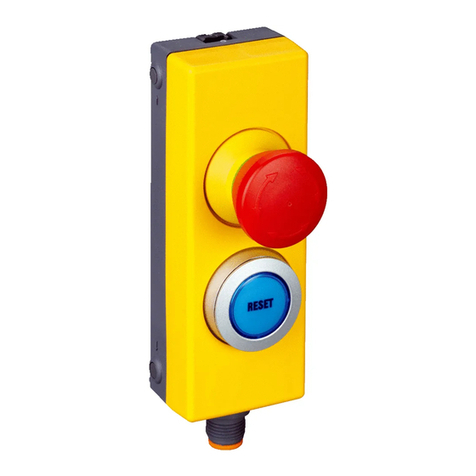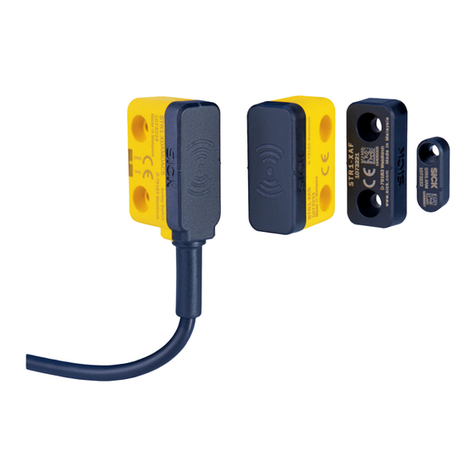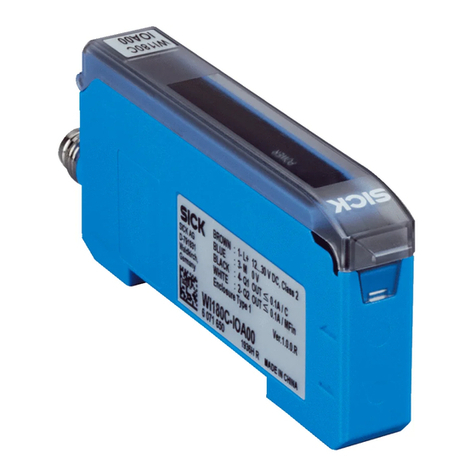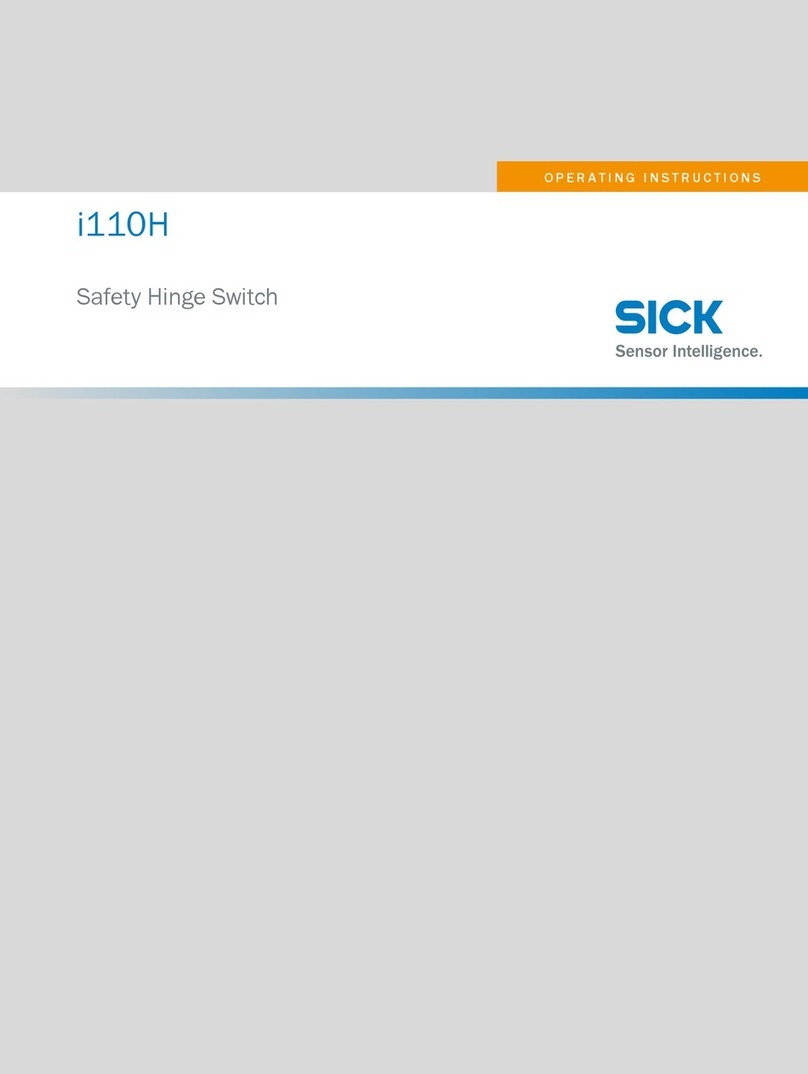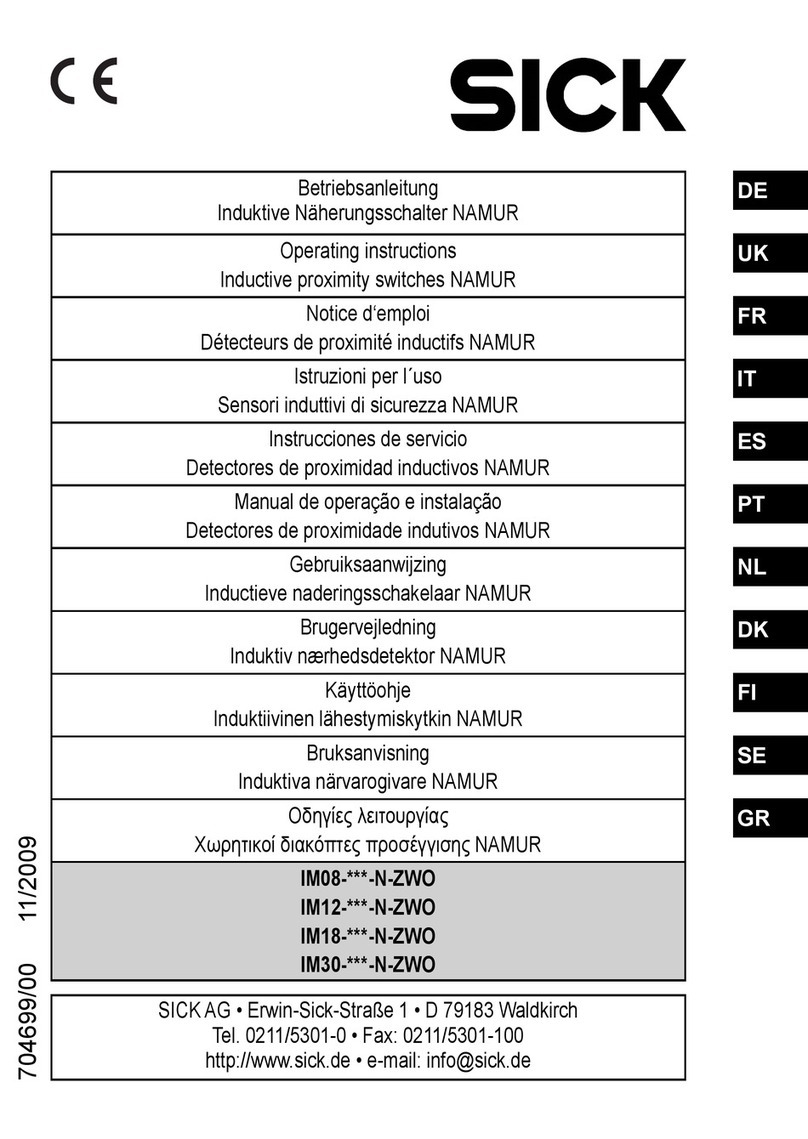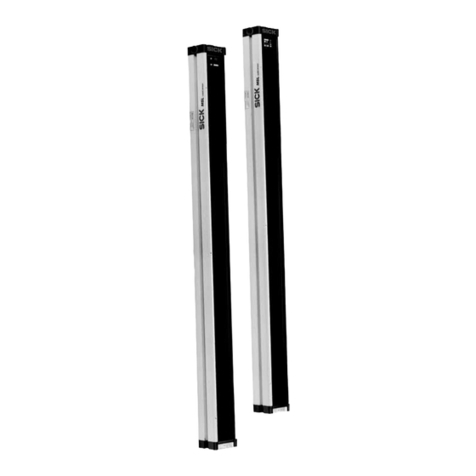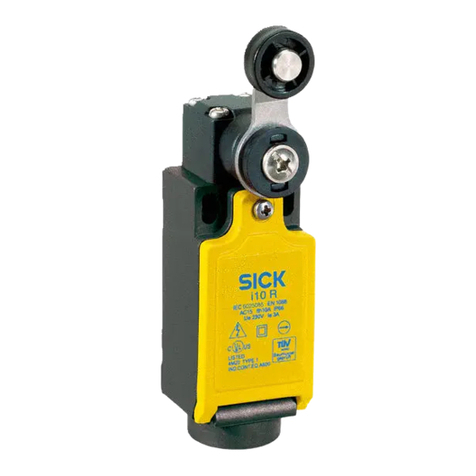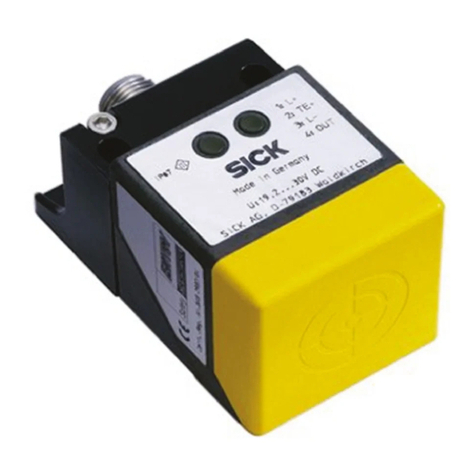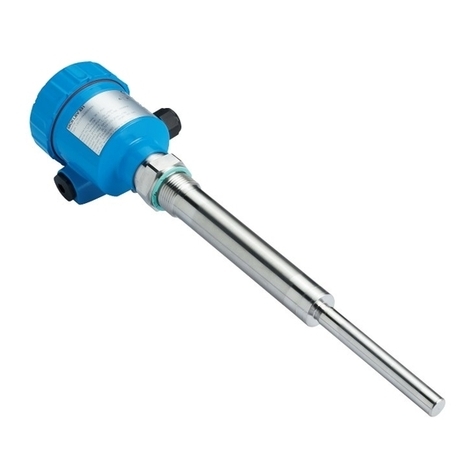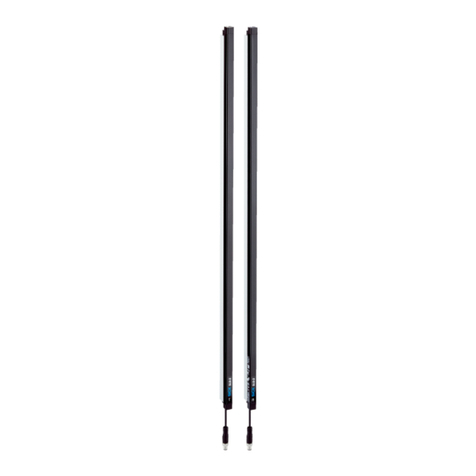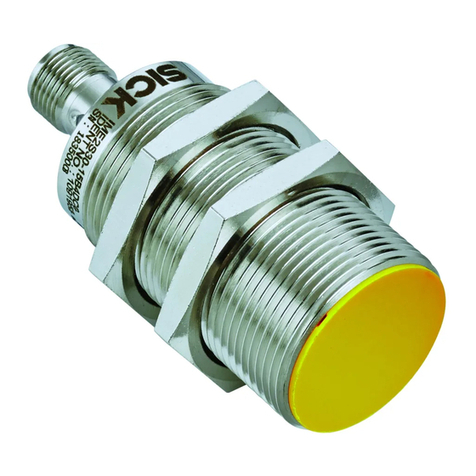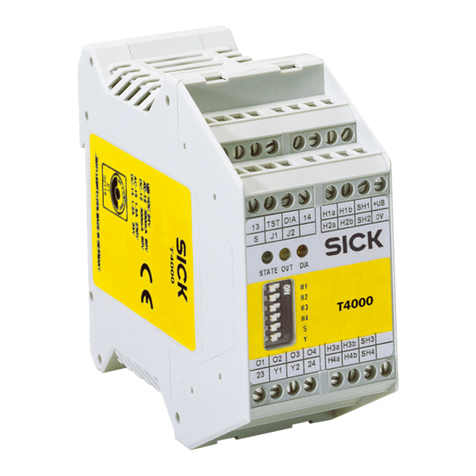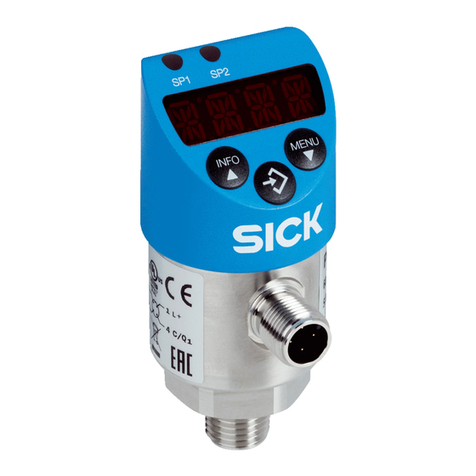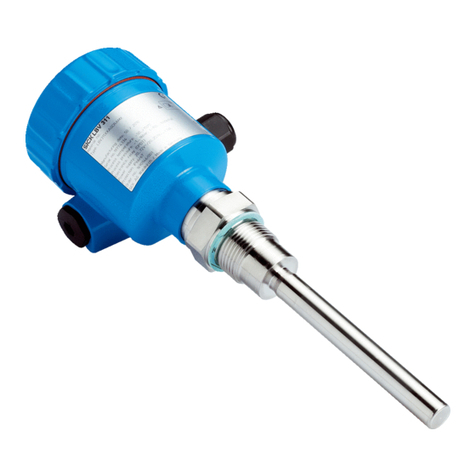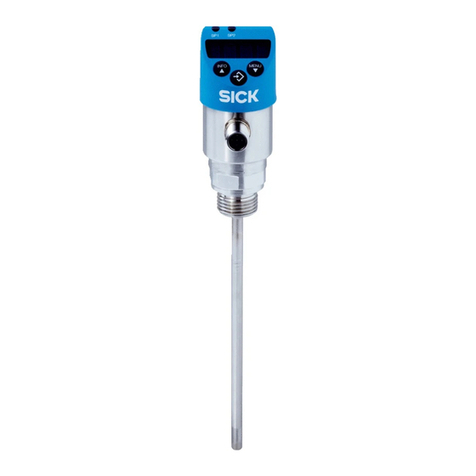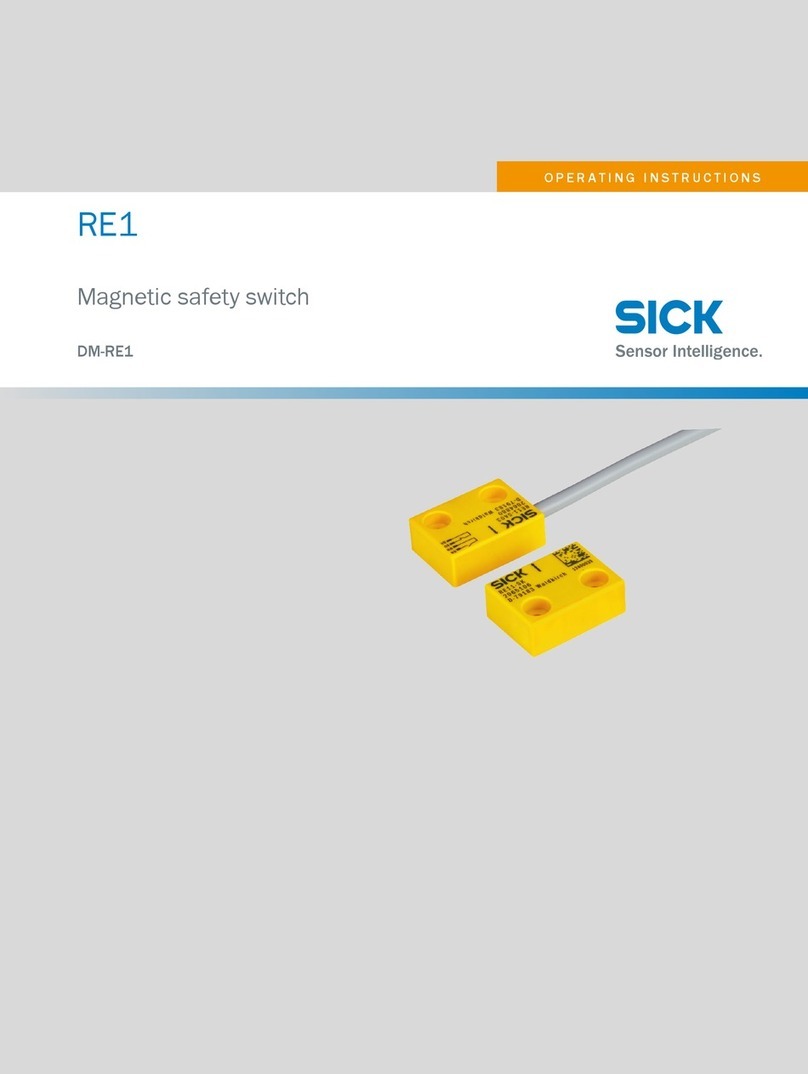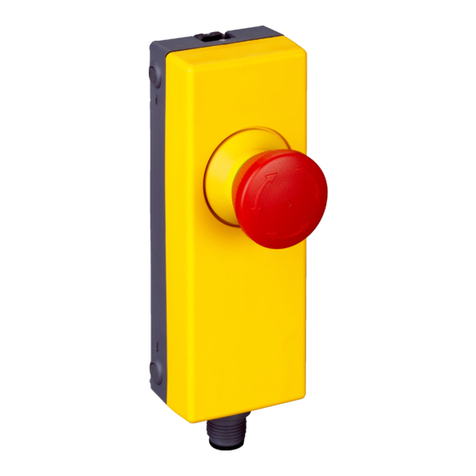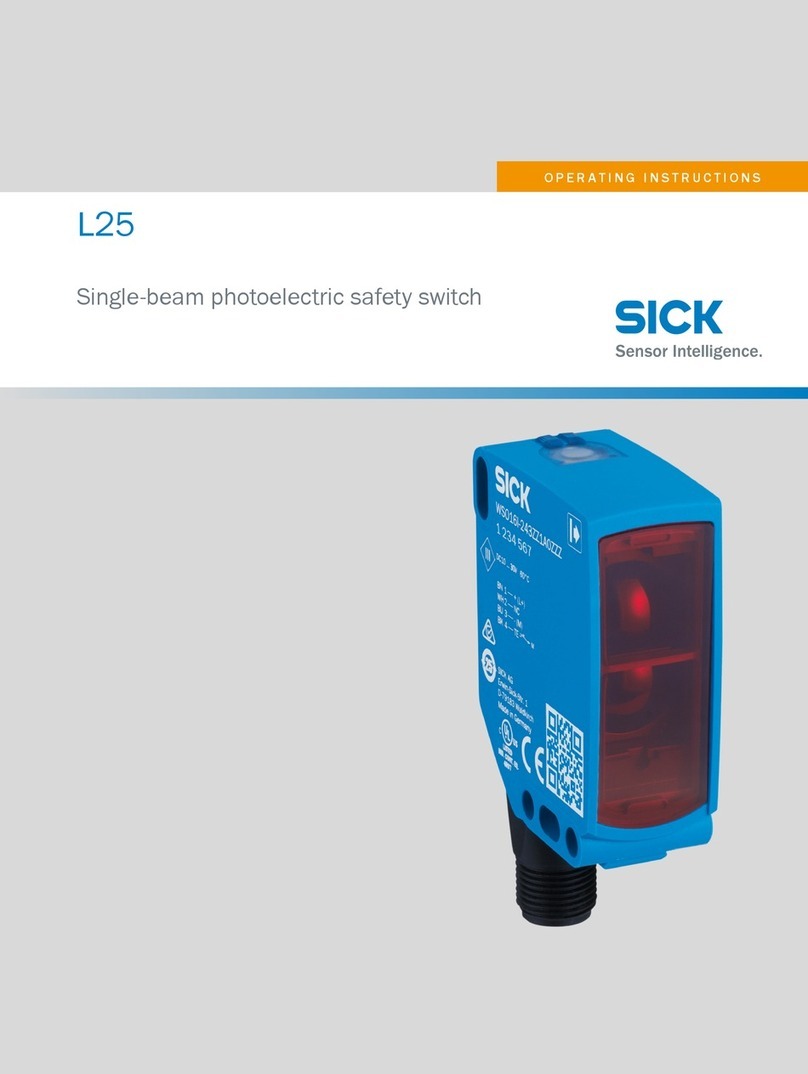
Contents
1 About this document........................................................................ 5
1.1 Function of this document....................................................................... 5
1.2 Scope......................................................................................................... 5
1.3 Target groups and structure of these operating instructions................ 5
1.4 Additional information.............................................................................. 5
1.5 Symbols and document conventions...................................................... 5
2 Safety information............................................................................ 7
2.1 General safety notes................................................................................ 7
2.2 Intended use............................................................................................. 7
2.3 Requirements for the qualification of personnel.................................... 8
3 Product description........................................................................... 9
3.1 Structure and function............................................................................. 9
3.2 Product characteristics............................................................................ 9
4 Project planning................................................................................ 12
4.1 Manufacturer of the machine.................................................................. 12
4.2 Operating entity of the machine.............................................................. 12
4.3 Assembly................................................................................................... 13
4.4 Integration into the electrical control...................................................... 13
4.5 Thorough check concept.......................................................................... 19
5 Mounting............................................................................................. 20
5.1 Mounting several safety switches............................................................ 20
5.2 Mounting................................................................................................... 20
6 Electrical installation........................................................................ 23
6.1 Notes on cULus......................................................................................... 23
6.2 Device connection (M12, 5-pin).............................................................. 23
6.3 Device connection (2 x M12, 5-pin)........................................................ 23
6.4 Device connection (M12, 8-pin).............................................................. 24
6.5 Connecting a cascade.............................................................................. 24
7 Commissioning.................................................................................. 30
7.1 Safety......................................................................................................... 30
7.2 Switching on.............................................................................................. 30
7.3 Thorough check........................................................................................ 30
8 Troubleshooting................................................................................. 31
8.1 Safety......................................................................................................... 31
8.2 Troubleshooting........................................................................................ 31
9 Maintenance...................................................................................... 32
9.1 Cleaning..................................................................................................... 32
CONTENTS
8020169/ZJN1/2018-03-21 | SICK O P E R A T I N G I N S T R U C T I O N S | MLP1 3
Subject to change without notice
